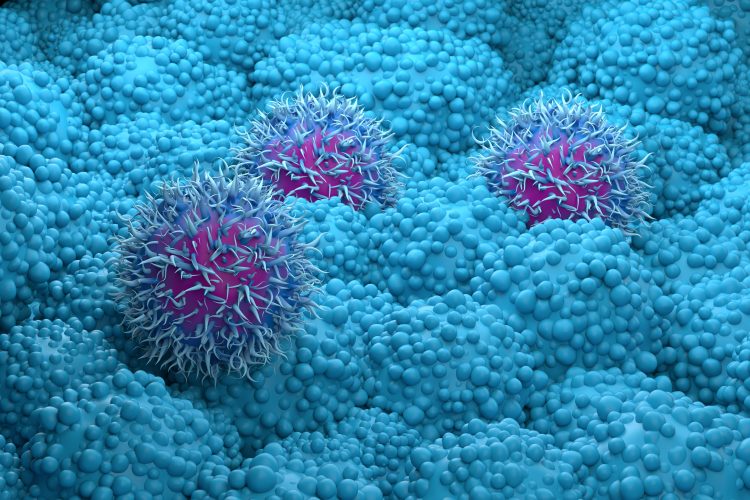Breakthrough for pancreatic cancer treatment
Posted: 7 March 2024 | Ellen Capon (Drug Target Review) | No comments yet
Researchers have designed the first small molecule drug targeting K-Ras GD12, which could improve pancreatic cancer outcomes.

Researchers from the University of California, San Francisco have designed a candidate drug that modifies the cancer-causing mutation K-Ras G12D, which could turn pancreatic cancer into a treatable condition.
K-Ras G12D is responsible for almost half of all pancreatic cancer cases, and appears in lung, breast and colon cancers. The G12D alteration is the most common mutation in lung cancer patients with no history of cigarette smoking.1 Although pancreatic cancer is rarer than the abovementioned cancers, it claims over 50,000 lives each year in the United States because of a lack of effective treatments.
Dr Kevan Shokat, professor in the Department of Cellular and Molecular Pharmacology, who led the study, explained: “We’ve worked for ten years to bring pancreatic cancer therapies up to speed with therapies for other cancers…This breakthrough is the first to target G12D and gives us a firm foothold to fight this devastating mutation.”
In 20132, Dr Shokat and his team developed the first cancer drugs to stop a different K-Ras mutation, G12C. Since then, two therapies have been approved for use in lung and breast cancer but it did not advance pancreatic cancer treatment.
GD12
K-Ras mutations explain 90 percent of pancreatic cancer cases. Around half of these mutations are G12D, which differs from most other K-Ras mutations by a single amino acid substitution in which glycine becomes aspartate. This has presented a huge difficulty for researchers. “There are very few molecules out there that can sense the difference between the cancer-causing aspartate and the glycine,” Dr Shokat said. “To make good therapies, we need drugs that work on the tumour cells only, without affecting healthy cells.”
The team envisioned a molecule that fit into a pocket of the K-Ras protein, which would then firmly and irreversibly bind to the aspartate. Their 2013 research allowed them to develop a template for chemicals that reliably found their way into that corner of the protein. “Once we had that structure for our molecules, we knew they were sitting in the protein at the right spot,” Dr Shokat elucidated. “Then we could explore the little nooks and crannies that we needed to discover the chemistry of the aspartate.”
After exploring dozens of chemicals, the team discovered a molecule that settled into the appropriate corner of K-Ras and bent into a new shape that reacted strongly with the aspartate. In cancer cell lines and animal models of human cancer, the molecule prevented tumour growth from G12D, and never attacked healthy proteins. The molecule is currently being optimised to be durable enough to fight cancer in the human body.
This study could enable novel therapies for pancreatic cancer to enter clinical trials in as little as two to three years. Dr Maragaret Tempero, director of the UCSF Pancreas Center, concluded: “We’ve learned a lot from other targeted therapies and know how to quickly translate discoveries like these for the clinic…An effective drug targeting K-RAS G12D could be transformative for patients with pancreatic cancer.”
This study was published in Nature Chemical Biology.
References
1 Karimi N, Moghaddam SJ. KRAS-Mutant Lung Cancer: Targeting Molecular and Immunologic Pathways, Therapeutic Advantages and Restrictions. Cells [Internet] 2023 February 26 [2024 March 7]; 12(5): 749. Available from: https://doi.org/10.3390/cells12050749
2 Ostrem J, Peters U, Shokat K, et al. K-Ras(G12C) inhibitors allosterically control GTP affinity and effector interactions. Nature [Internet] 2013 November 20 [2024 March 6]; 503:548-51. Available from: https://www.nature.com/articles/nature12796
Related topics
Amino Acids, Animal Models, Cancer research, Clinical Trials, Drug Development, Drug Targets
Related conditions
Cancer Research, Pancreatic cancer
Related organisations
University of California San Francisco
Related people
Dr Kevan Shokat (UCSF), Dr Maragaret Tempero (UCSF)







